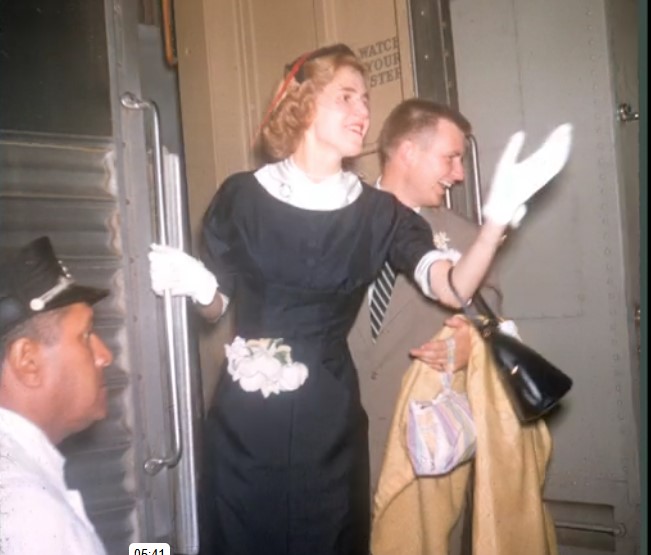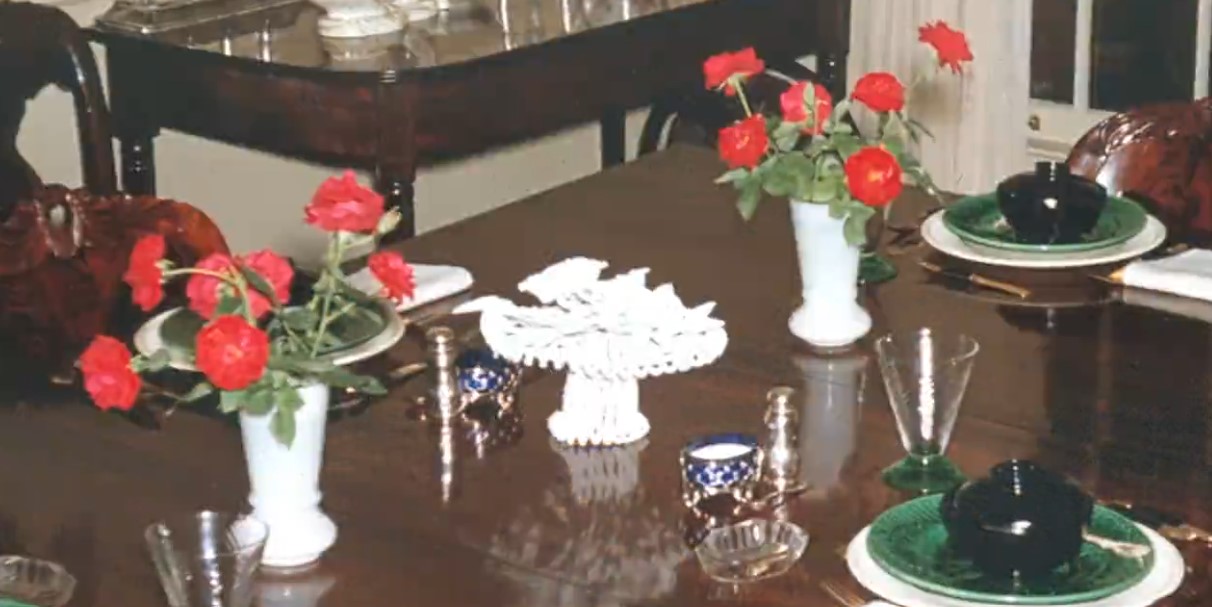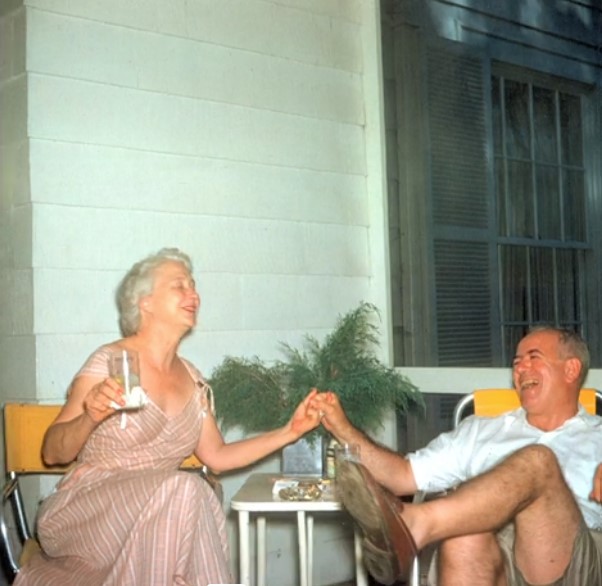Tulsa |
next > |
2025, digital video, color/sound, 14 mins.
Stereo photos of 1950s-era cocktail parties are transformed into an intense visual playland.
Review
Having conceived and directed more than 85 films over the past 45 years, Scott Stark is easily one of my favorite filmmakers working in the world today. The Bay Area premiere of his latest 15-minute masterpiece employs a batch of 1950s “stereo photos” transforming suburban cocktail parties and tourist trips into a hypnotic “visual playland.” Stereo cameras emerged in the 1940s and 50s, utilizing two different lenses that took twin shots of scenes, which then were supposed to be viewed in dedicated image viewers. What makes Stark’s movies so fascinating for me is how they’re able to transcend their initially unique techniques by entrancing the viewer with a peaceful repetition into a kind of Stendhal syndrome stasis. Absolutely my highest recommendation.
--Jesse Hawthorne Ficks, 48hills
Review
...Some works are clearly in direct conversation with [Ken] Jacobs. Scott Stark’s Tulsa, for example, uses stereo, still photos of 1950s parties in a very similar stroboscopic way. Sometimes the strobe uses two entirely distinct source images, where initially it achieves something of the eternalism perpetual motion effect. At other times, the photos are of the same scene, but with a slightly different angle of view. Here, objects in focus (human figures and still lifes, mostly) become jittery but still relatively stable, while the background wavers much more violently. The result is a physical detachment of foreground from background such that objects appear cut out and repasted into an alien environment.
Later in the film, Stark departs from the basic conceit and begins playing comically with his images, making a face or an item of clothing zoom forward and consume the screen. The two-scene strobes begin combining human figures in grotesquely funny and even disturbing ways, giving one person another’s hair as a wig and making a man perform fellatio on a bottle. The images themselves move from the convivial to the disquieting. A man lies on the floor with an arrow in his chest, presumably play-acting. Well-dressed men and women who have appeared in several party scenes now pose alongside poorly clothed Black and Brown people and tiger pelts, tourists in the Global South, before we return to celebratory pin-ups of President Eisenhower and the American flag. The party games have become something else entirely.
--MICHAEL SICINSKI, In Review Online



